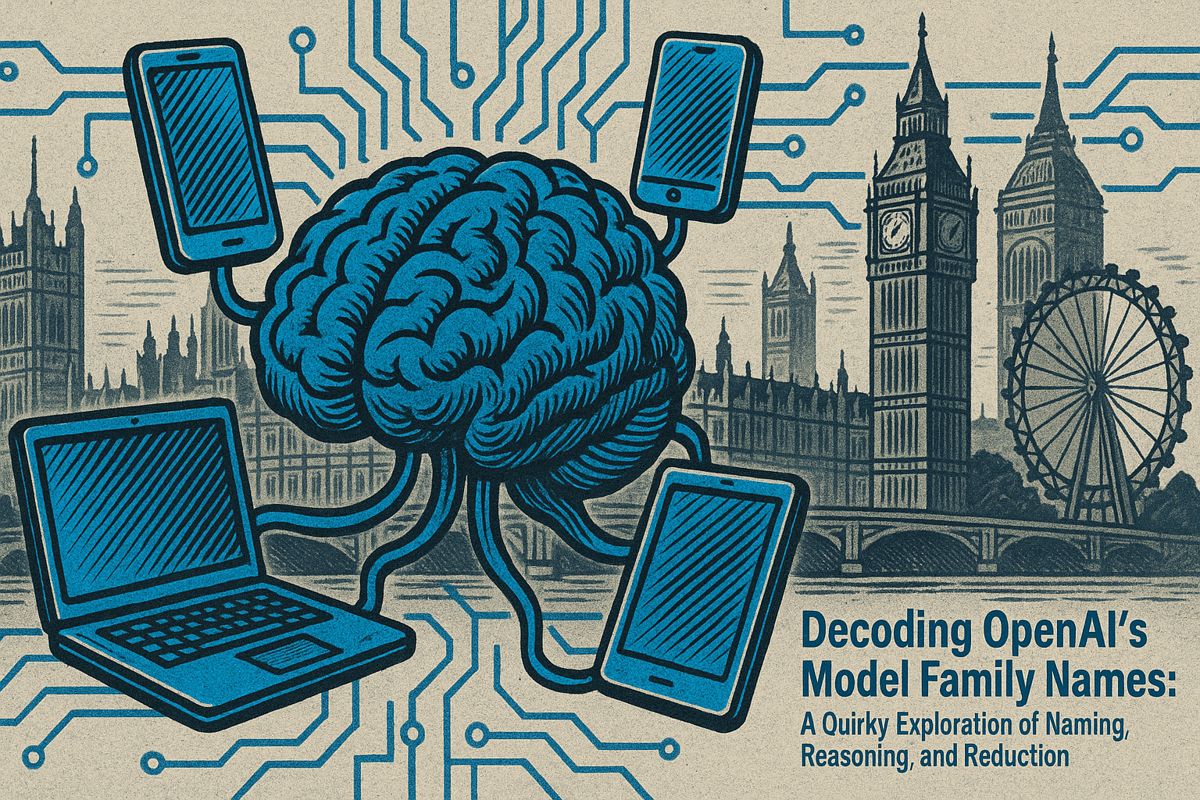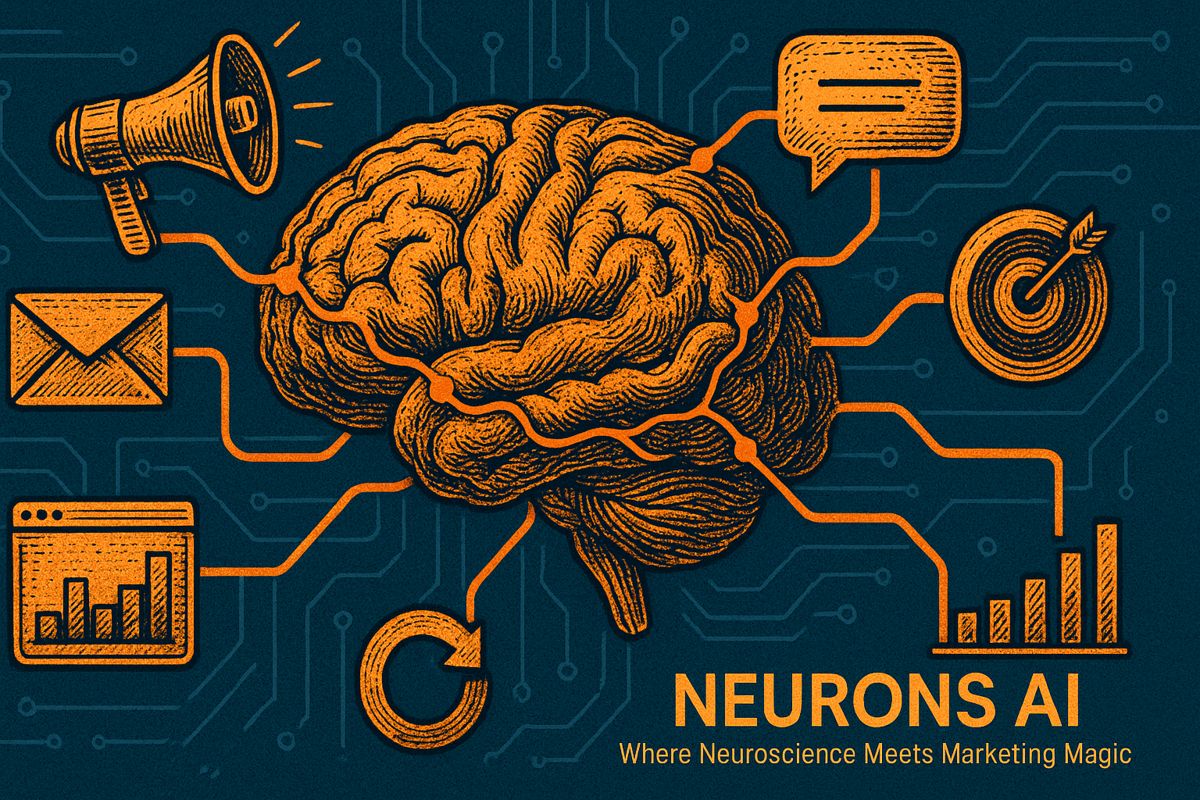Having a personal mission statement acts like a compass, helping you stay focused and calm in a world full of distractions. It lowers stress, protects your mental health, and boosts your work performance. When your mission matches your job, you feel happier and more motivated. Big names like Malala and Steve Jobs used short, clear missions to guide their choices every day. Simple habits, like reading your mission each morning, can help keep you on track and less overwhelmed.
What are the benefits of having a personal mission statement?
A personal mission statement provides a clear sense of purpose, helping you filter daily decisions and reduce mental fatigue. Studies show it lowers depression risk, boosts stress resilience, and improves performance. When aligned with work, it increases job satisfaction, engagement, and lowers turnover.
If you feel like the world is shouting at you from every screen, it is not your imagination. In 2025 the average person scrolls past the equivalent of a 200-page novel every single day. The result is not just fatigue; it is a low-grade anger that comes from reacting to everyone else’s priorities. The most reliable antidote is deceptively simple: put yourself on a self-defined mission and keep your eyes on that path.
What a personal mission actually does for the brain
Neuroscientists tracked 1,200 adults for four years and found that people who wrote down a clear purpose had 43 % lower risk of depression and bounced back from stress 60 % faster than those without one (PMC, 2021). The mechanism is straightforward: a defined mission quiets the limbic system (the brain’s alarm center) and strengthens the prefrontal cortex, the region in charge of long-term planning.
From elevator pitch to daily filter
A personal mission is not a slogan you laminate; it is a daily decision filter. Malala Yousafzai keeps her statement to “I want every girl, every child to be educated” and uses it to weigh every speech, partnership and media request. Steve Jobs repeated “put a dent in the universe” during product reviews to keep Apple from drifting into feature creep. Both statements are under 12 words, yet they scale to billion-dollar choices.
Quick exercise: craft yours in 15 minutes
| Step | Prompt | Example entry |
|---|---|---|
| 1. Values sweep | List 10 moments when you felt most alive | Teaching my nephew to code, finishing a 10 k |
| 2. Superpower | Ask three colleagues what you do better than most | “You turn chaos into systems” |
| 3. Impact target | Who benefits when you are at your best? | Early-career professionals in tech |
| 4. Combine | Merge the above into one sentence | “I turn workplace chaos into systems so early-career pros thrive in tech” |
The corporate ripple effect
Companies are no longer waiting for employees to find purpose on weekends. Qualtrics 2024 data shows that when employees feel their own mission aligns with the firm’s, 70 % recommend their employer, versus 25 % who do not (Qualtrics study). The payoff: a 33 % lower turnover intention and a 23 % spike in internal promotions. Leadership programs such as *LeaderOS * now start every cohort with a week-long mission clarification sprint, treating it as a prerequisite before any strategy work.
Gen Z sets the bar higher
Among 18–28-year-olds, 77 % identify as spiritual but not religious, and 55 % say their spiritual or religious life directly improves mental health (Springtide Research). Purpose-driven living is becoming a hiring criterion: 46 % of Gen Z candidates will reject an employer whose values conflict with theirs, up from 31 % in 2022.
Practical habits to safeguard your focus
- Morning one-liner: read your mission aloud while the phone is still in airplane mode.
- Weekly scoreboard: rate each calendar item 1–5 based on alignment; move or delete anything below 3.
- Distraction audit: once a quarter, unfollow accounts that pull you into comparison loops; LinkedIn data shows a 19 % drop in self-reported burnout after a social feed purge(tweet thread).
A single sentence that answers “why am I here?” may feel small, yet in a noisy world it is the closest thing to noise-canceling headphones for the soul.
FAQ: The Strategic Imperative of Personal Mission
3.1 Why does a personal mission reduce daily frustration and anger at the world?
When your energy is anchored to your own clear mission, external noise loses power over your emotions. Data from 2024–2025 shows that employees whose personal values align with their company’s mission are 43 % less likely to feel chronic stress and report 70 % higher daily satisfaction. By focusing on the journey you chose, you mute the impulse to compare or resent, because attention shifts from what others do to what you were born to do.
3.2 How does a mission statement actually influence day-to-day performance?
A concise mission acts like a real-time filter: every task, meeting, or decision is quickly weighed against “Does this advance my stated purpose?” Programs now embedding personalized Leadership Development Plans (LDPs) record that participants with written missions complete priority tasks 29 % faster and are 33 % less likely to abandon projects. The statement keeps micro-choices consistent with macro-goals, turning busyness into deliberate progress.
3.3 What is the measurable impact on mental health for Gen Z and young professionals?
Recent 2025 studies focused on Gen Z show that purpose-driven living delivers:
– 43 % reduced risk of depression
– 55 % report that spiritual or mission-oriented practices directly improve mental health
– 77 % of Gen Z consider themselves spiritual, linking belief systems to stronger resilience and better sleep quality
When personal mission is explicit, the brain treats setbacks as data on the path rather than verdicts on the self, cutting rumination loops nearly in half.
3.4 How are corporations integrating personal mission work into leadership training in 2025?
Top programs now require leaders to craft an LDP that marries personal mission to business objectives. Trends include:
– AI-powered personalization: platforms adapt coaching content to the leader’s mission, doubling skill retention rates
– Self-leadership modules: 64 % of Fortune-500-accelerator curricula start with “define your dent in the universe” before teaching people management
– Cross-functional peer labs: leaders present mission-aligned projects to diverse teams, sharpening strategic perspective and authenticity
The payoff: companies report up to 38 % higher ROI on development spend when mission alignment is built into the program design.
3.5 How often should I refine my personal mission to keep it relevant?
Think of your mission as living software, not a carved stone. Research recommends a quarterly micro-review (15-minute check-in) and an annual deep revision:
– Quarterly: ask “Does this still energize me and serve the people I care about?”
– Annual: incorporate new strengths, market shifts, or life stage changes (parenthood, new geography, career pivot)
Leaders who follow this cadence adapt faster to volatility – 53 % report smoother transitions during reorganizations – while preserving a consistent narrative that followers can trust.



















